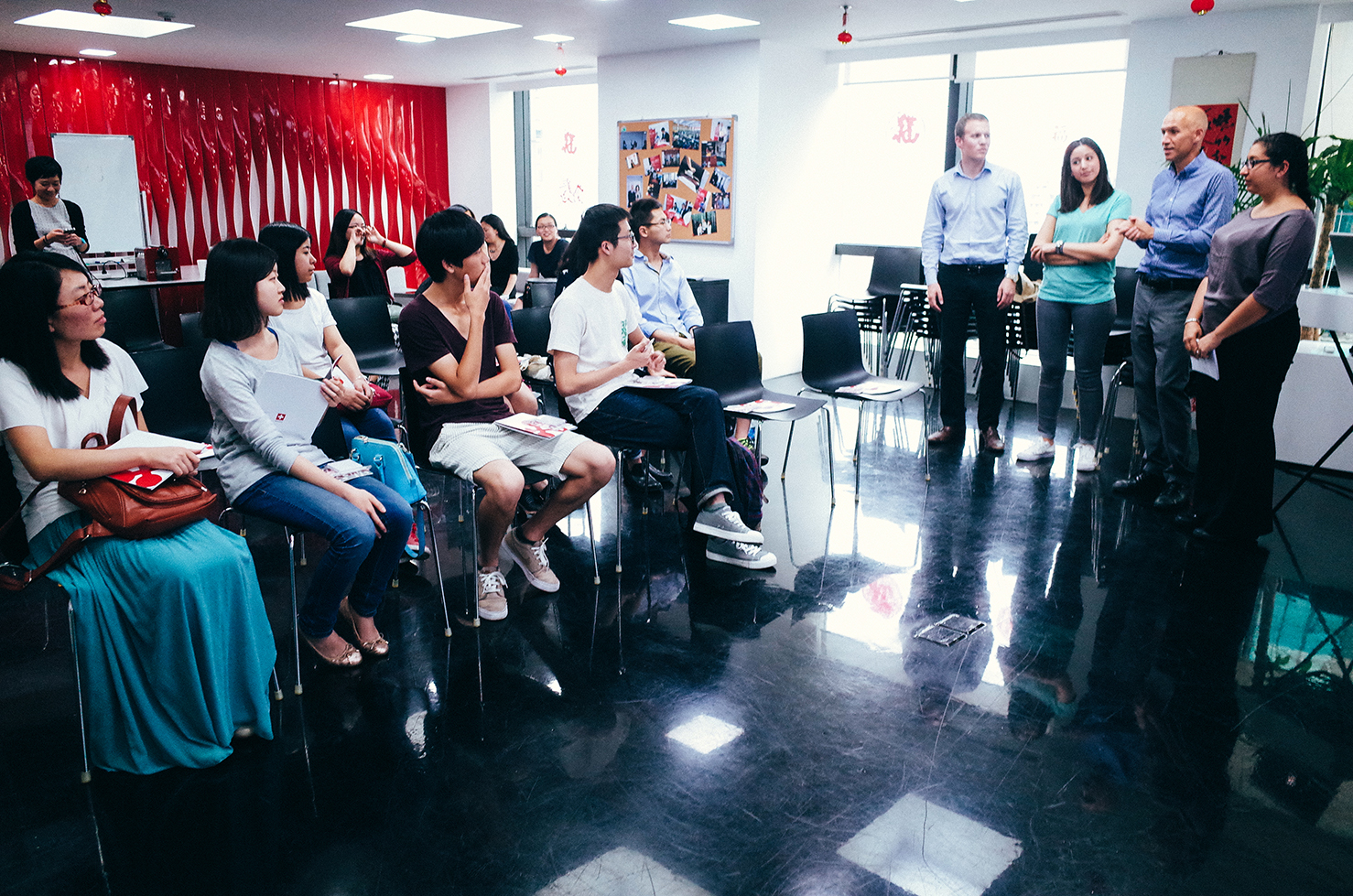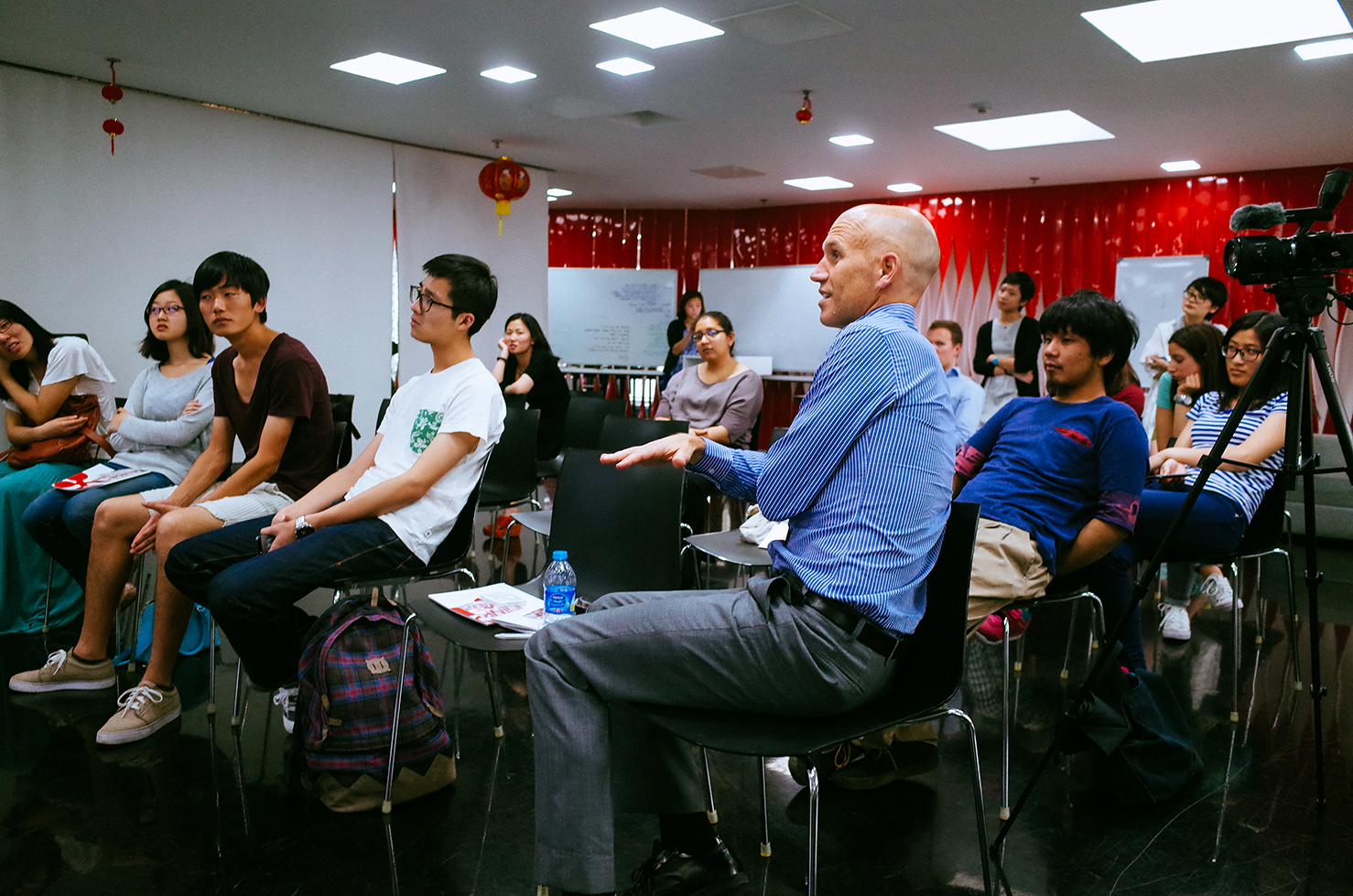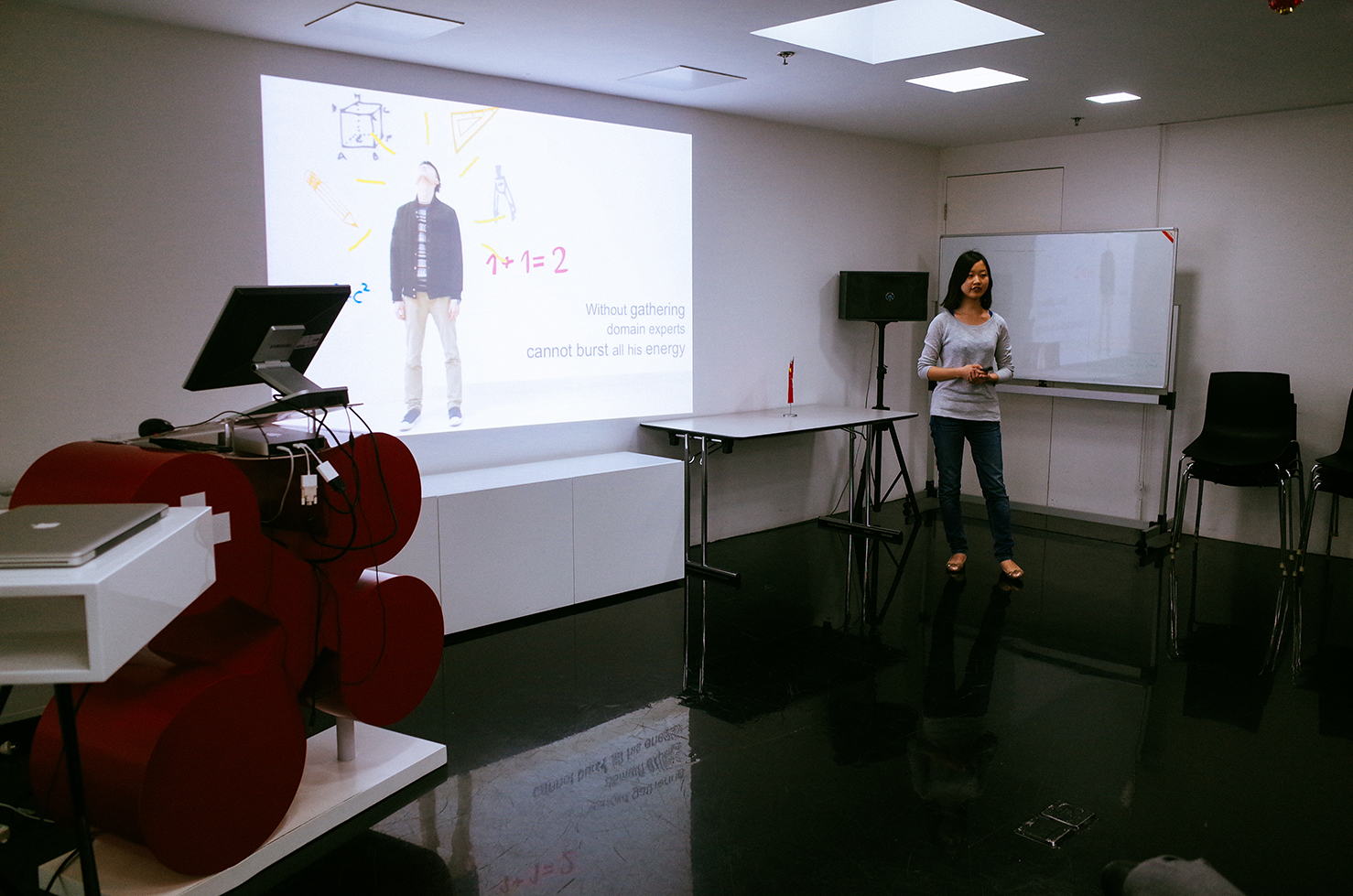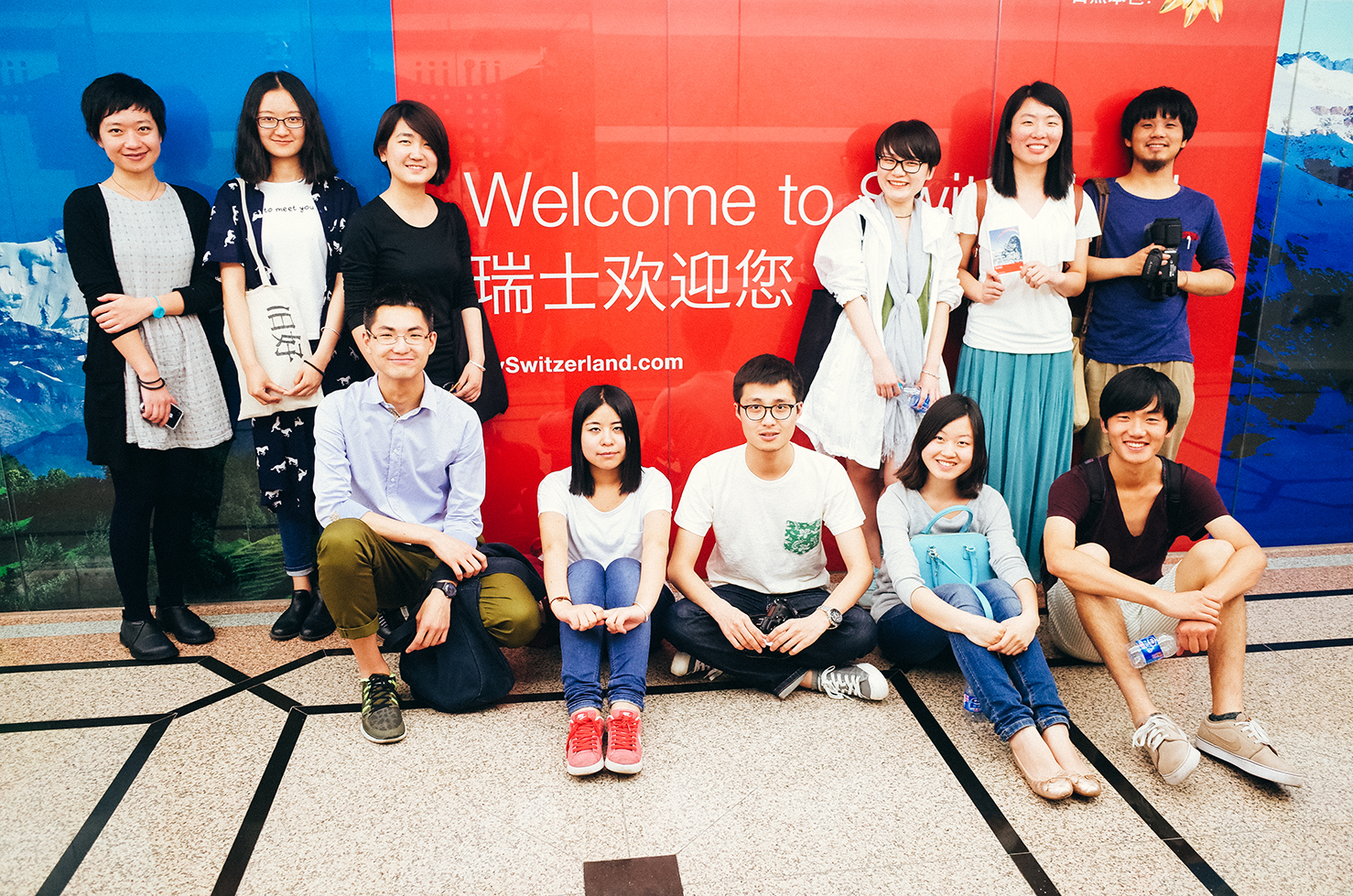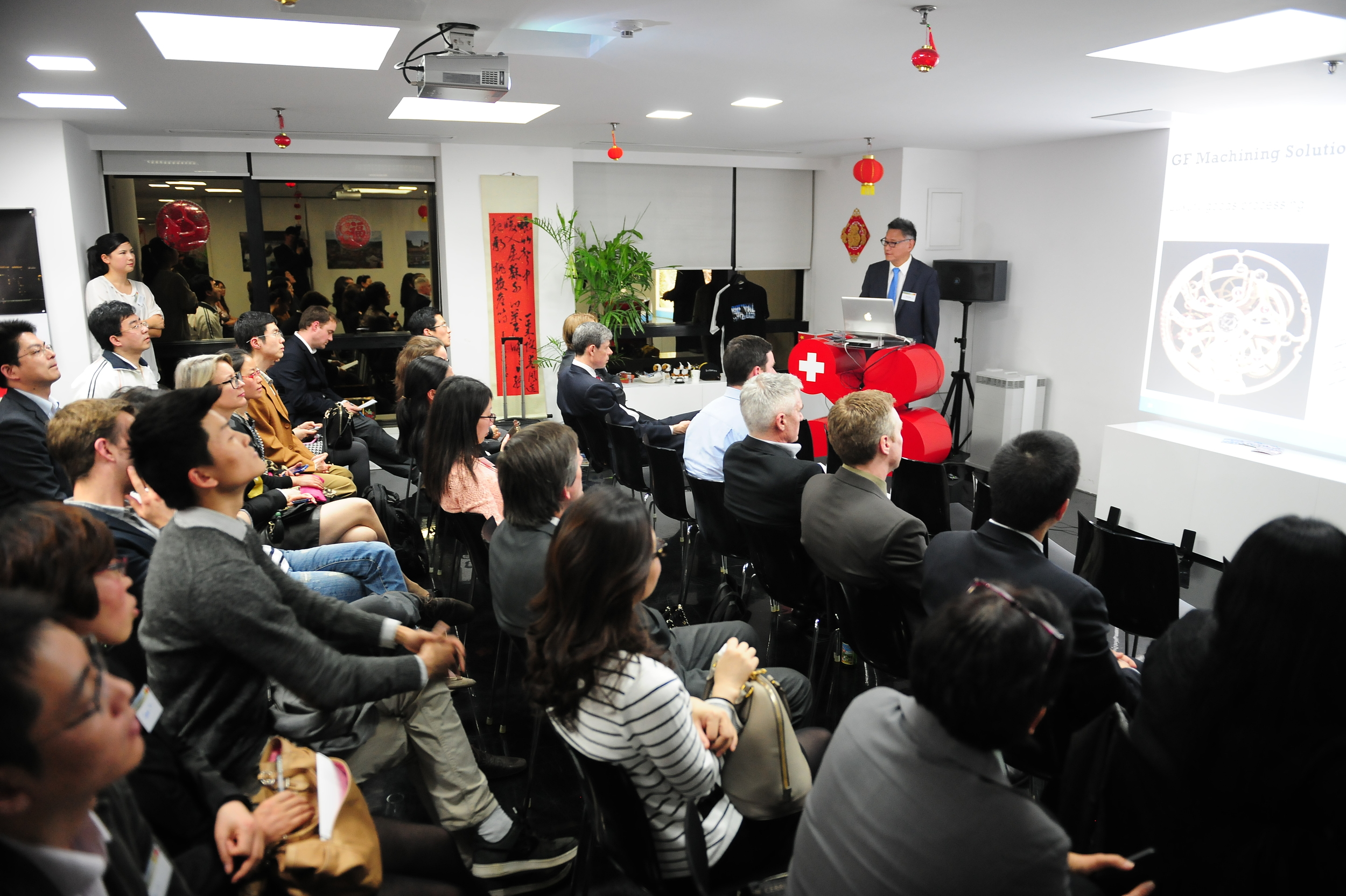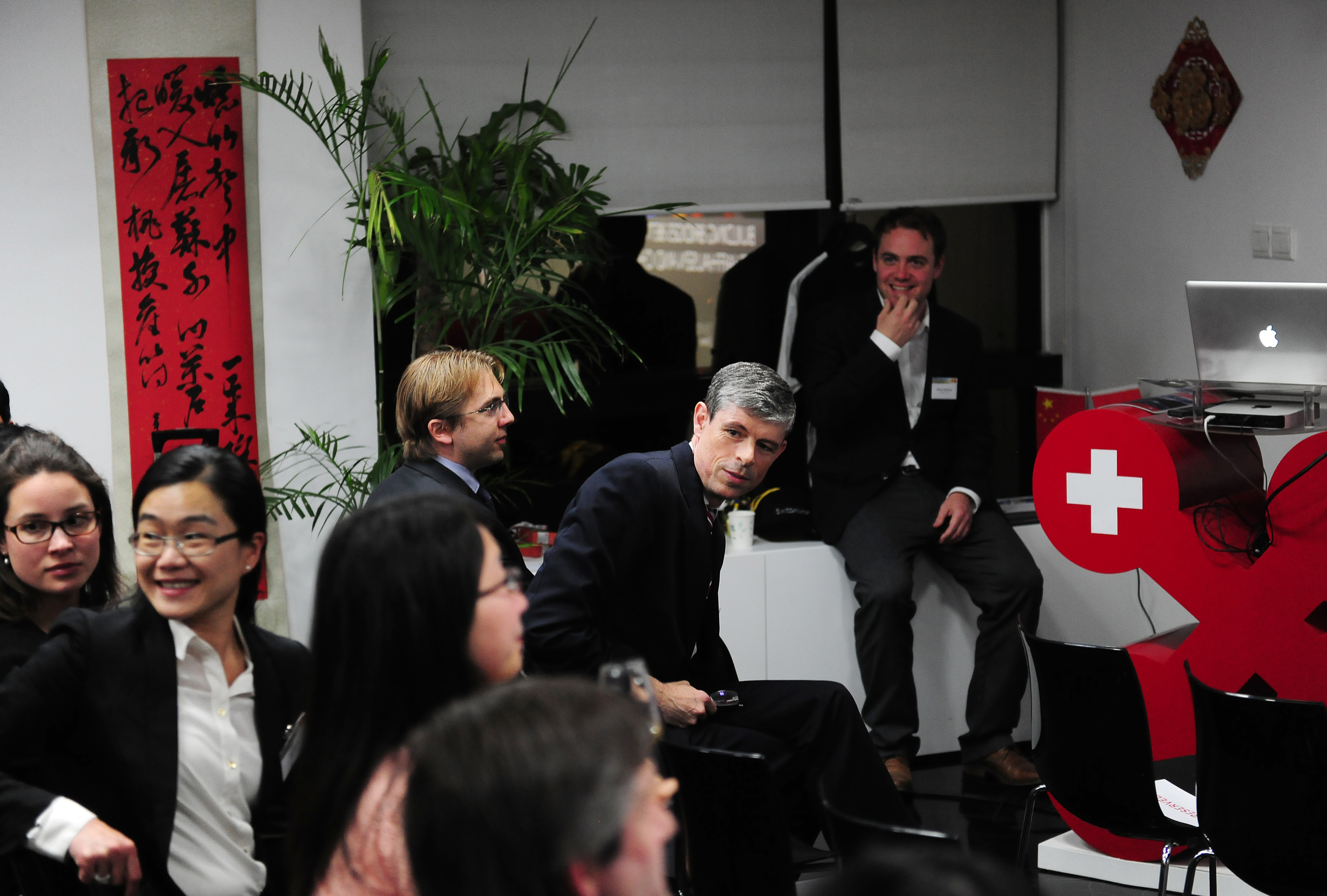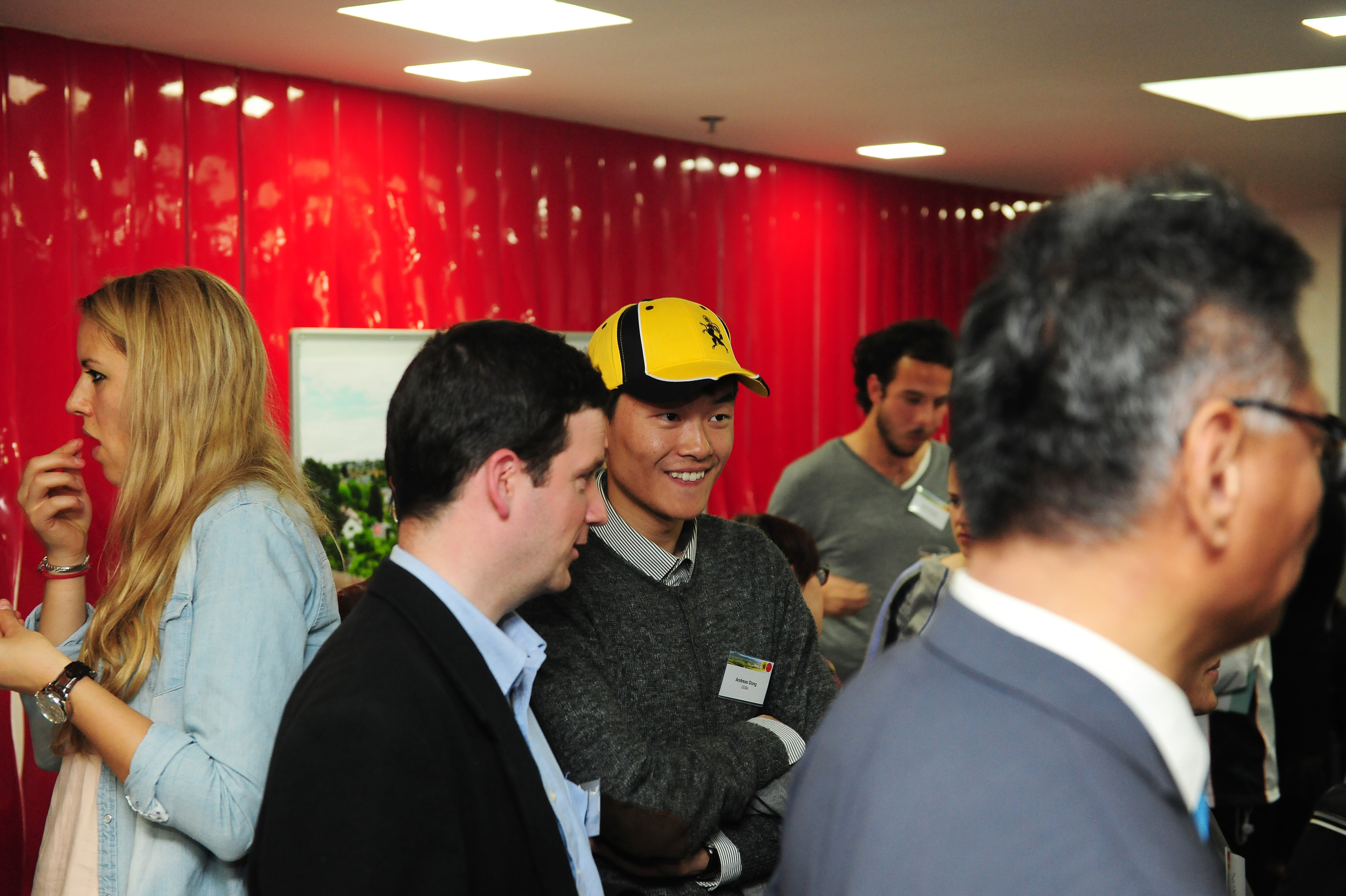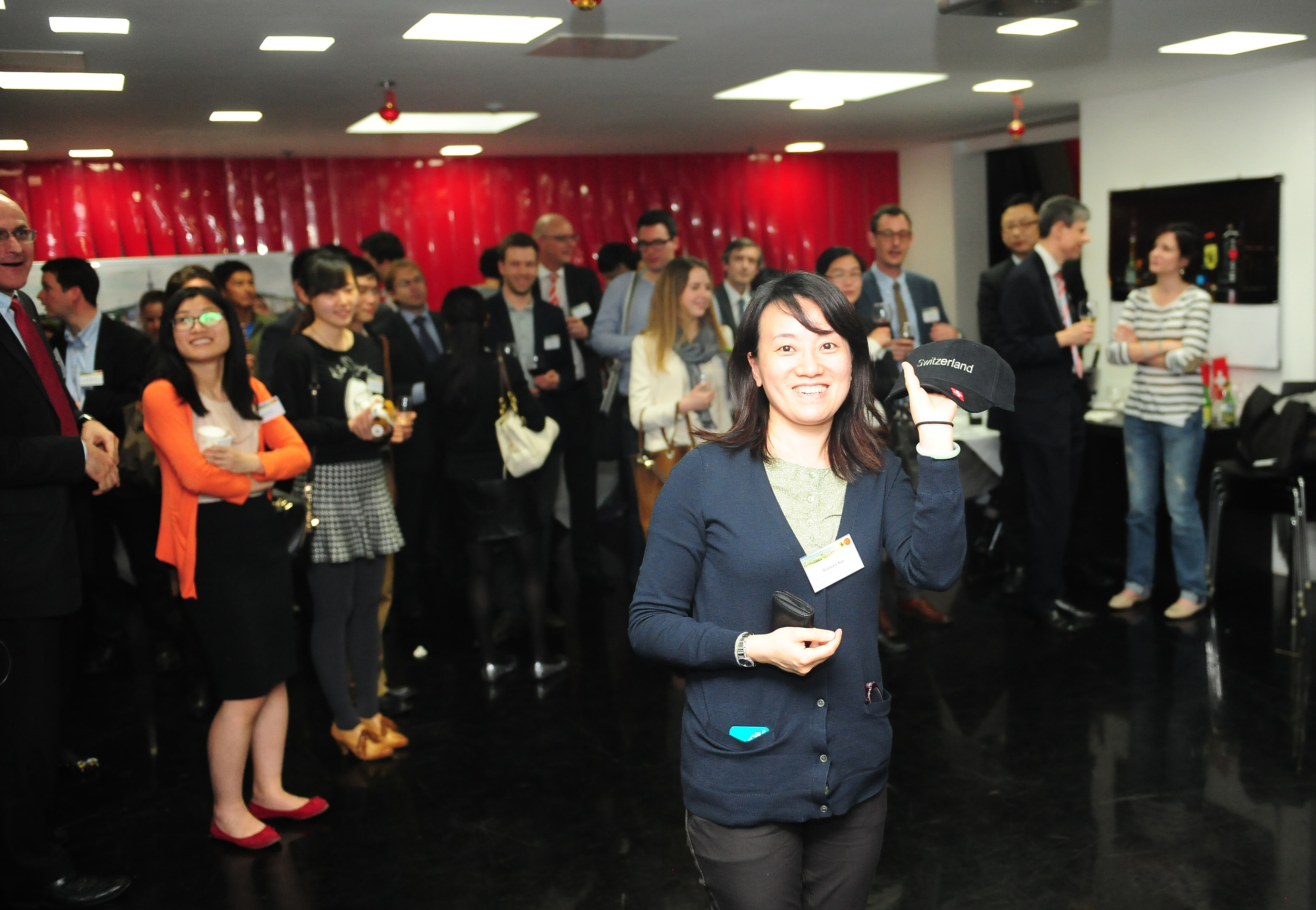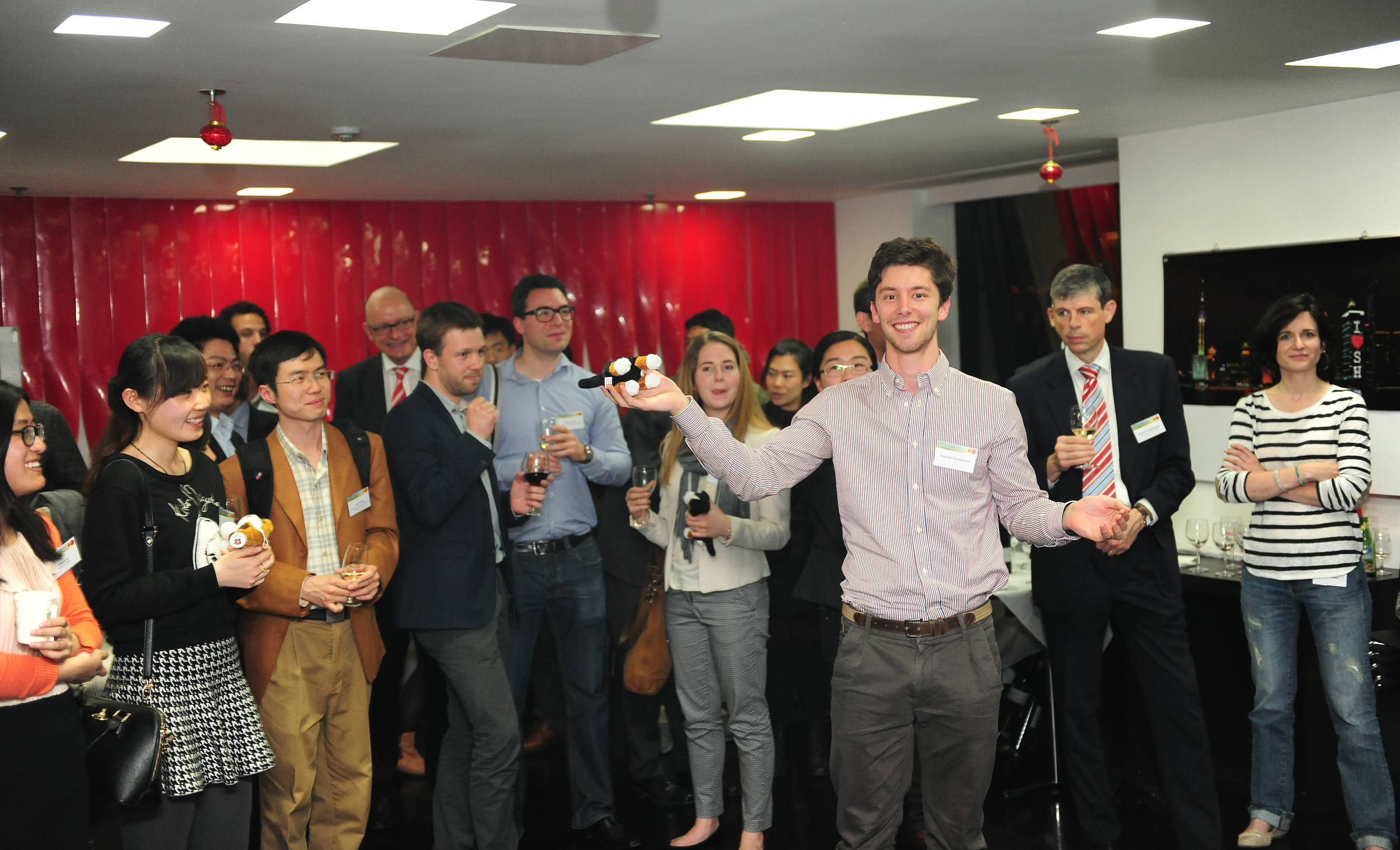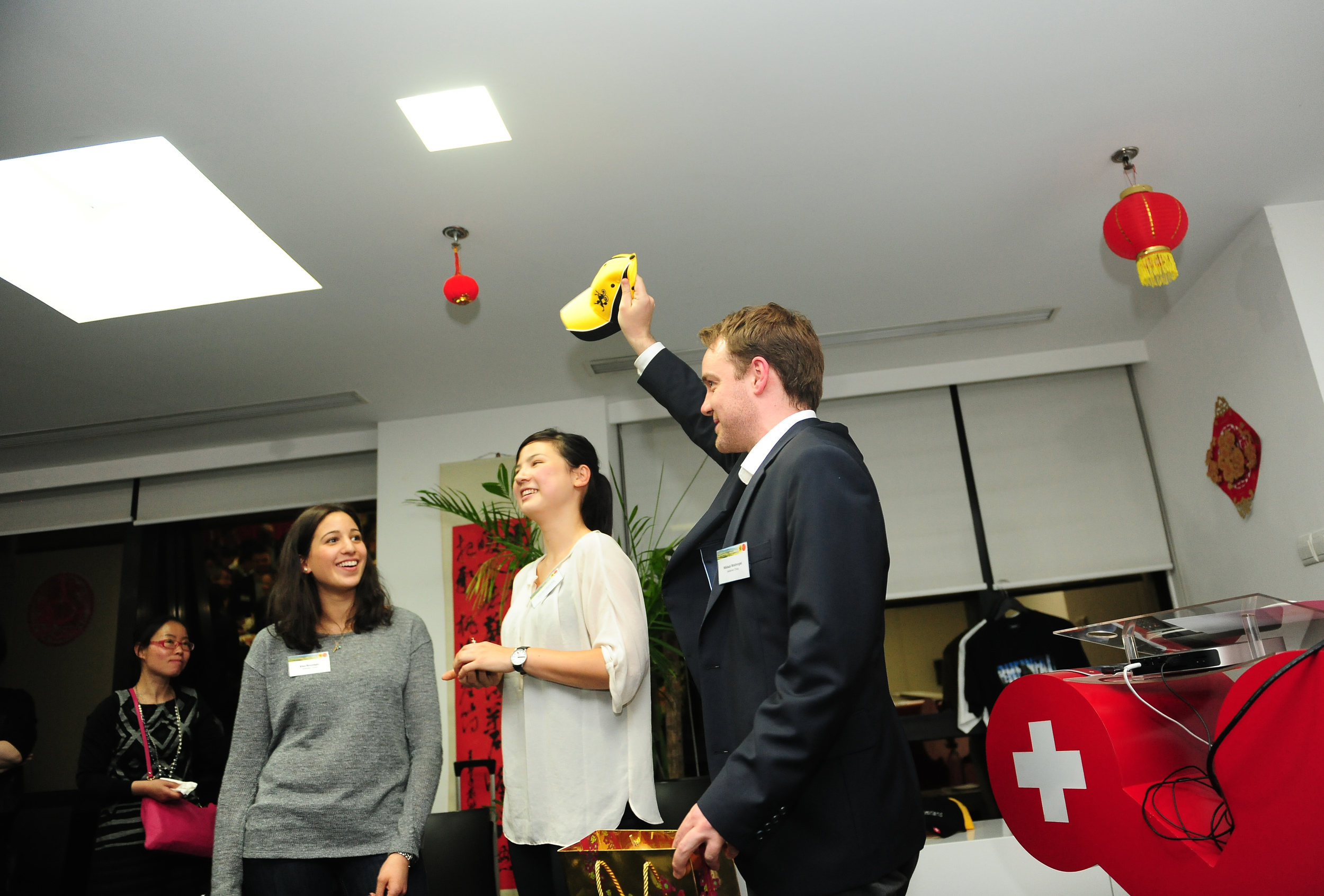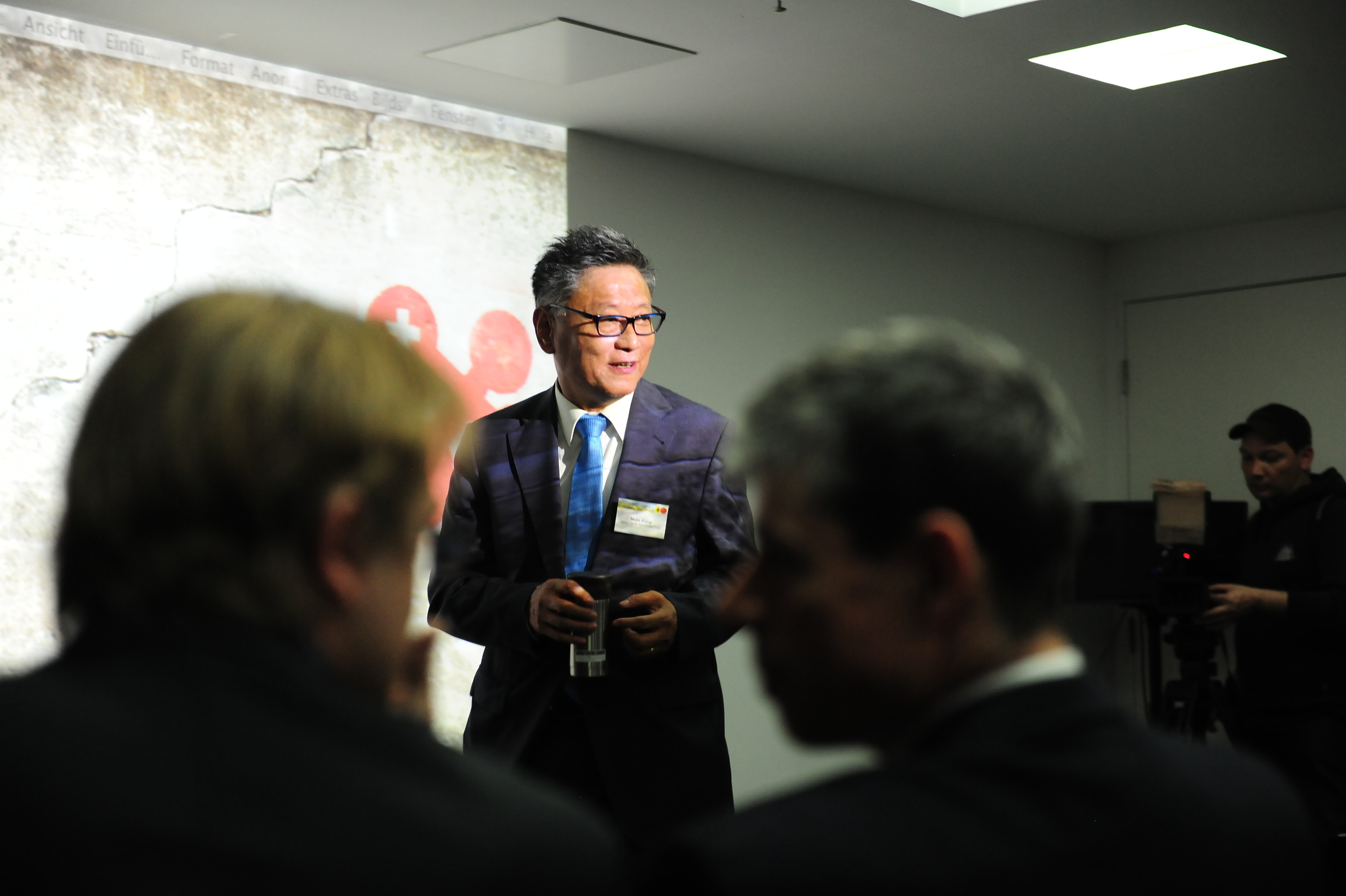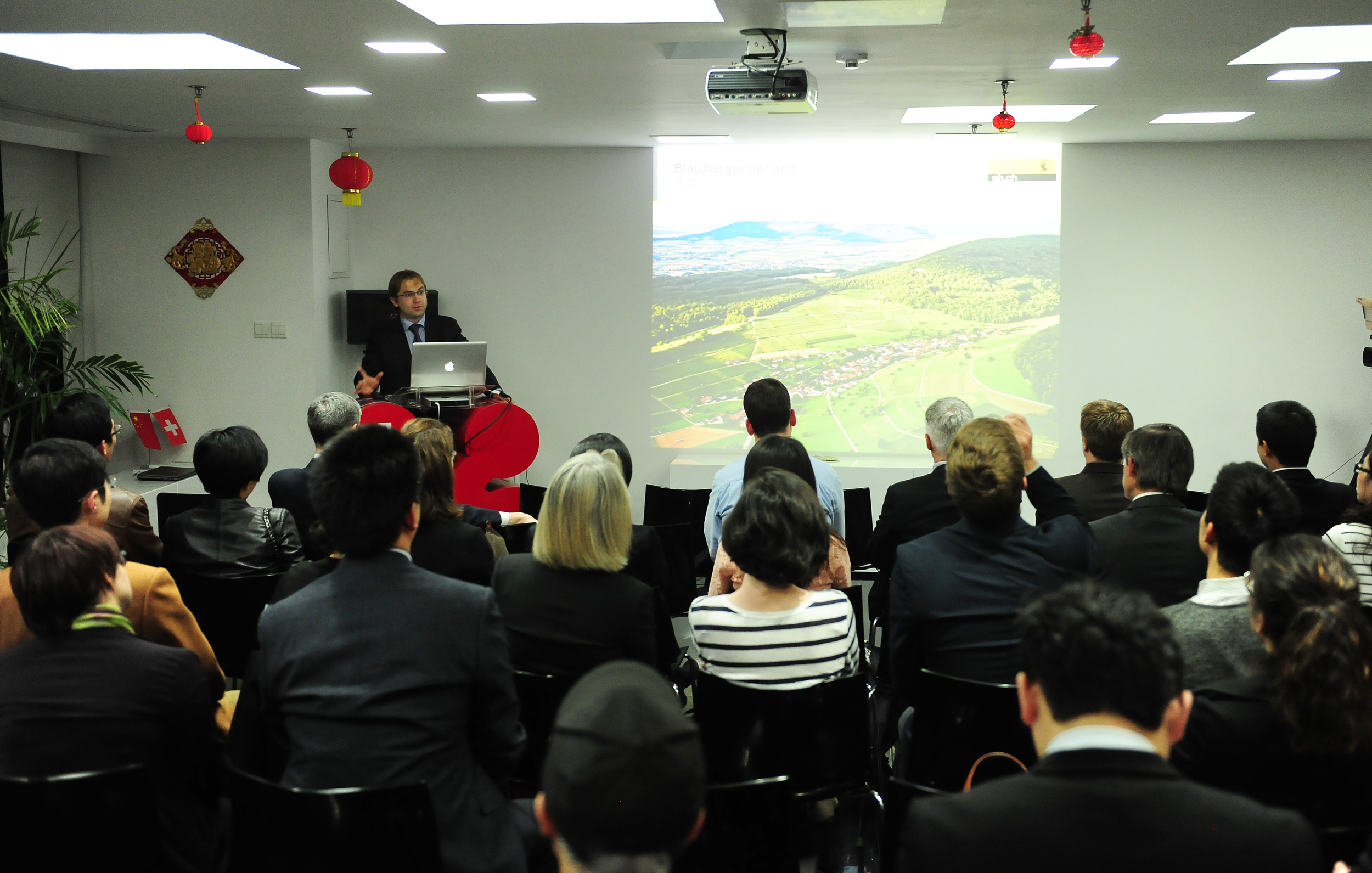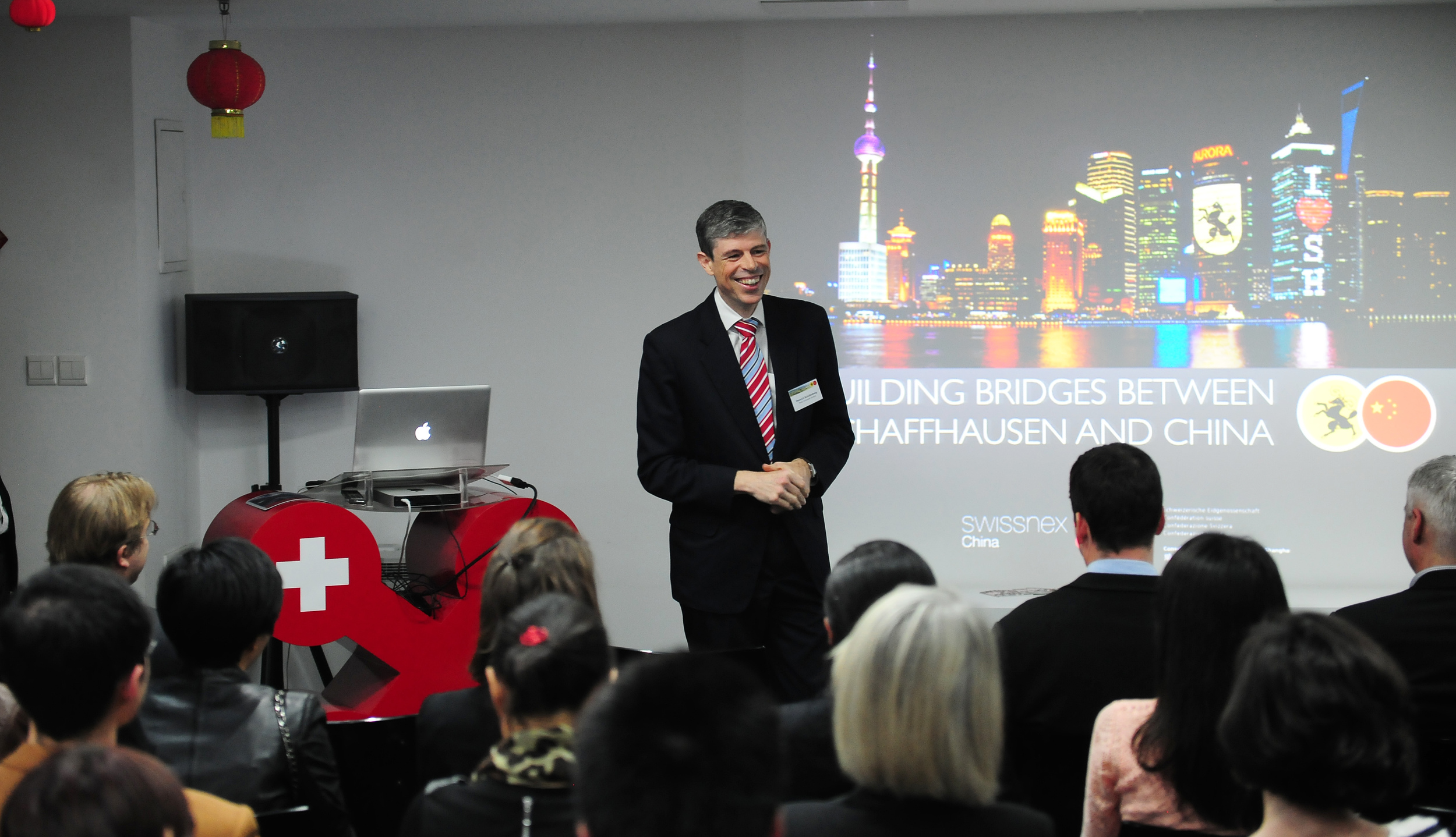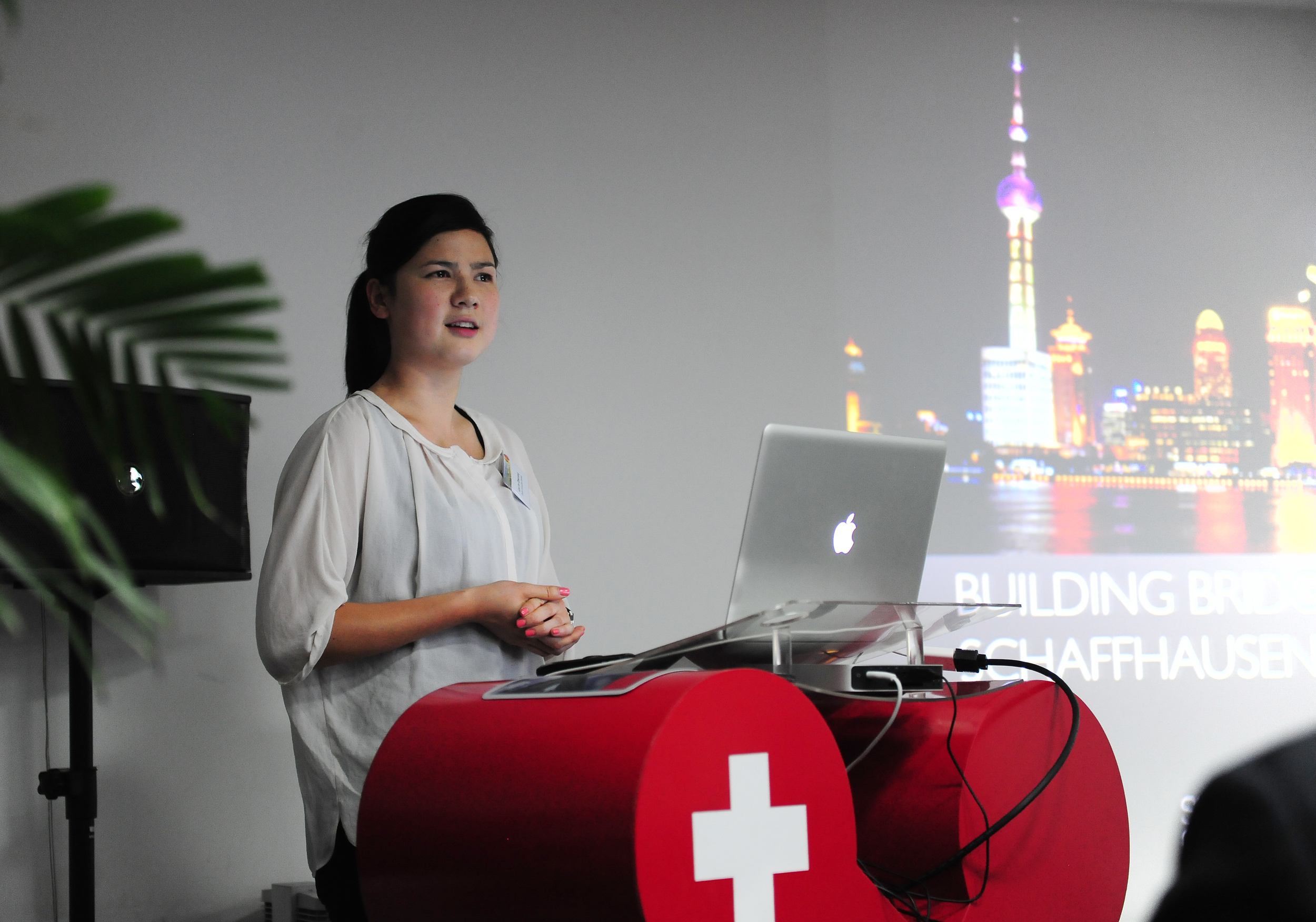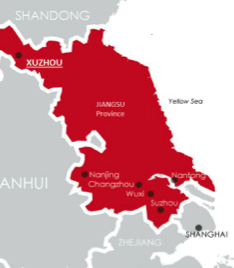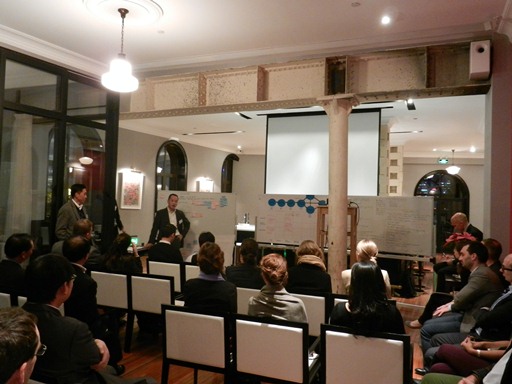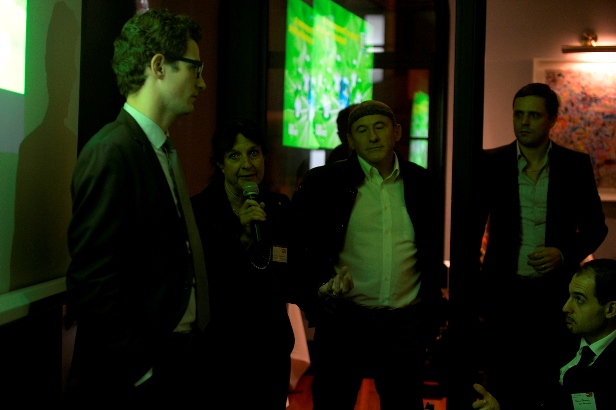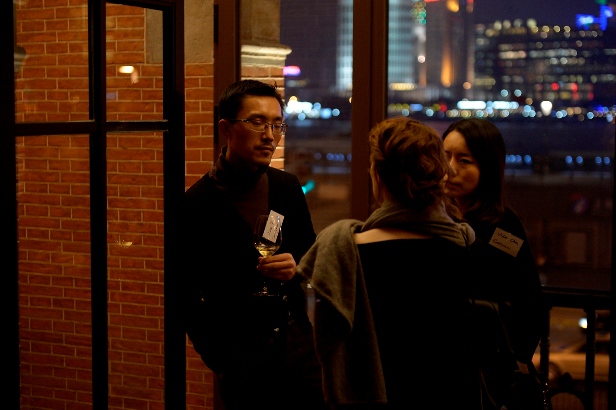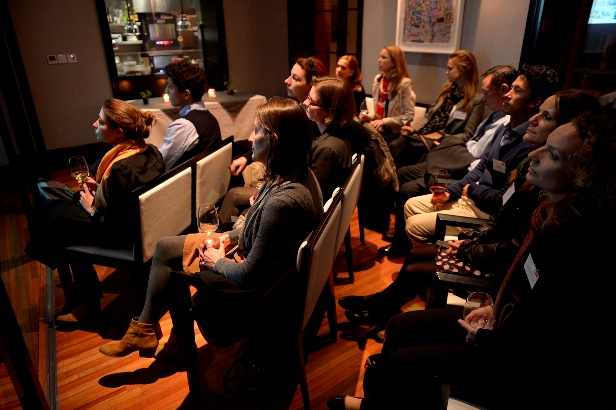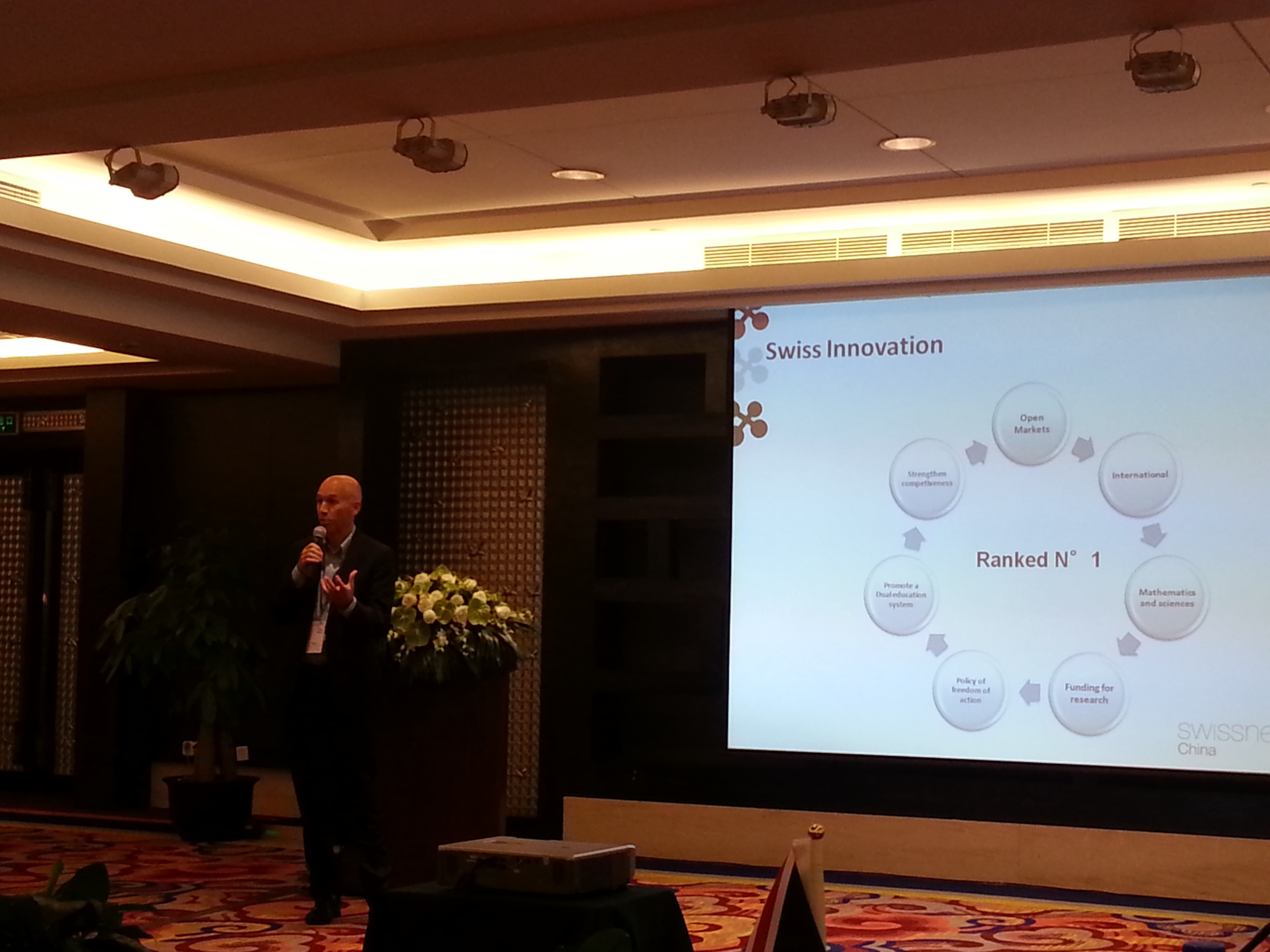Since few years, Chinese companies are using more and more the information technologies (IT) into their business to innovate and differentiate themselves. Indeed, with a high level of customer, these technologies and particularly the web allow companies to reach more and more people while reducing their cost. In China, we can notice that companies mostly innovate by using the Big Data or creating a web platform. Yue’Bao and Xiaomi are two perfect examples to illustrate that. Yue’Bao is using Big Data to innovate while Xiaomi is using an online platform as its main point of sale.
Xiaomi announced a revenue of $2.16B for the first half of 2013, a proof that innovation drives to success. This company built its business model around the following value proposition: providing an efficient smartphone with a low price. This was really an innovation into the smartphone world. This value proposition is addressed directly to the Chinese global market and especially to people with low revenues. But the power of Xiaomi can be found in its CEO, Lei Jun, who built a strong brand awareness into the Chinese market. Like Apple, people buy the Xiaomi products mostly for the brand. Moreover, Xiaomi smartphones are selling only online in order to reduce the costs. In order to take advantage of their brand awareness, Xiaomi decided to also sale peripheral products. These products turn out to be a real success according to the sales. The last but not least interesting aspect in the business model of Xiaomi is that all the products are improved through the co-creation concept. It means that the customers help Xiaomi to draw the future products. Thus, the relationship between the company and its customers is strengthening. This is increasing their loyalty for the brand.
Business model canvas of Xiaomi
Unlike Xiaomi, Yue’Bao is taking advantage through Big Data. Indeed, Yue’Bao is a money-market fund using Alibaba Big Data to predict the customer behavior/creditworthiness. This leads to one of the most important force of Yue’Bao business model: a high return on investment compared to traditional banking. This service is addressed to small Chinese investors since it allows the investment starting from 1 RMB. That is why it is really easy to use and works via an app available on most of smartphones. In addition, people are free to transfer and withdraw the money at any time, without being penalized. By adapting the money-market fund service to lower and middle Chinese class, Yue’Bao realized a huge success. Indeed, Yue’Bao fund size reached 400 billion yuan in February 2014.
These two examples showed us how innovation through new technologies can affect positively your business. It can help to boost your business and take new opportunities. Nevertheless, innovation can sometimes have a huge impact on your business model. Thus, besides innovation you also need to consider the factor adaptation.
Business model Canvas of Yu'Ebao











